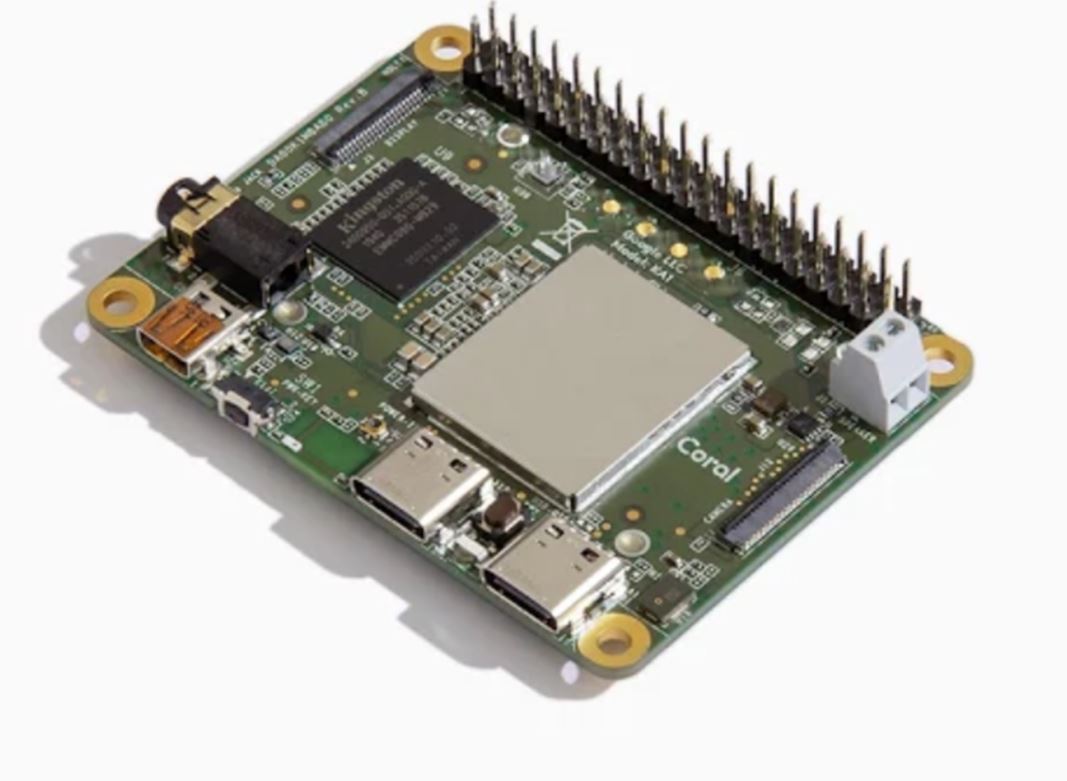Table of Content
If you have USB 2.0 microphone then steps followed are same to check the microphone. Here we have used Webcam for USB microcphone. I got the server to say that its listening to port xxxx but when I try to use it in the browser it says connection refused. So, there are lots of guides on getting started with relays on the Rasberry Pi. I mostly used Youtube tutorials like this one to get started.
If you are new to Raspberry Pi then go throughGetting started with Raspberry pifirst. Oogle Home is a beautiful device with built-in Google Assistant — A state of the art digital personal assistant by Google. — which you can place anywhere at your home and it will do some amazing things for you. It will save your reminders, shopping lists, notes and most importantly answers your questions and queries based on the context of the conversations. I tried using the internal and external ip but both say connection refused. I have a custorm port that was set up a year back.
Storing 100,000,000 words Python-Postgres
You can use a google account to sign into ifttt which is good as it makes life much simpler. You need a google account for the Google Home Speaker anyway. Before you install the Google Assistant software, you need to configure a developer project and account settings. Click this link and follow the steps there. After the Bluetooth speaker is connected, the .asoundrc file will be generated with the Bluetooth speaker info in it.

This lets you break the circuit with the switch when the relay circuit is closed. Alternatively, if you don’t have a keyboard, mouse and a display, check out this headless setup. You’re snug and warm in your bed, and are about to happily doze off when you realize- you’ve forgotten to turn your lights off. Don’t worry though- it’s possible for you to do so without climbing out of those soft sheets. Here’s how you can set up your room to be infinitely cooler. Now we will set up our back-end service to get those queries to open videos and websites on our raspberry pi.
Your Own DIY Raspberry Pi Google Home Assistant
Now, navigate to the folder containing the hotword.py script. Since this is a virtual environment, you'll need to install RPi.GPIO before moving forward. You will need to replace my-dev-project with your Project ID . Your device-model-id is listed under the Device registration section of the Action Console.
Another is to have your device connect to a server and listen for command changes, and then execute those changes. The Google Home has no way to directly control other devices on the same network or through other wireless protocols. Everything goes through an Internet-based service and expects to communicate with devices via a server-based proxy. How that server communicates with the device is up to the developer. Could you not create an application similar to the google home app to connect to it?
Hardware Required for a Raspberry Pi Home Assistant
Google provides the API for using its voice service, which is open source and available on Github. Using Google voice service, we can play music, get information about weather, book tickets and many more. In this tutorial, let’s see how to build a voice controlled smart speaker using Google assistant and Raspberry Pi.

However the Flask server can only be accessed locally. Though you can control your switch locally, you can’t do it outside your LAN. Follow this guide to get your Pi running and then enable SSH. Add the response which we need to hear after saying the command to Google Home. If needed set this intent as the end of the conversation. These are the commands that users speak when they try to access a specific task from Google Home.
Once everything is done, you will have following screen. You can select any traits that you need, but in our case we don’t need any of these so we just clicked the Skip button as shown below. On next screen, you have to enter the Project Name and click on Create Project. First, we have to register and set up a project on theGoogle Console Actions dashboard .

Open the Pi's browser, alternatively, if you are connected via SSH open a browser locally. Navigate to the Google Action Console and click New Project. This tutorial can be followed directly on the Pi or via an SSH connection into the Pi. Raspberry Pi with a fresh Raspbian install on the SD card. The first step was to look at the google Home API. The second step was to say “That looks like hard work.” and ignore it. First, make the Pi Bluetooth to auto connect the speaker .
On the same terminal, install the Google Assistant SDK and the oauth tools. The last command requires the client secret file generated while preparing Google Project and account. To power up, connect the 5v USB power cable to the power port on the docking hub . You should see the normal Raspbian OS coming up on the monitor. We also assume that your Raspberry pi is already set up with an Raspbian OS and is connected to the internet. With these in place let’s proceed with the tutorial.
Might be a lot of work, but it’s a possibility. I would like that the google home mini reads a string out of the Raspberry Pi. The program is made in Python and I heave some knowledge about python. So Wenn the python program runs I want the string to be send to the google Home Mini and directly be spoken. Ever since I bought my Google home I have been wanting to control my devices at home using voice commands. It works awesome in every way, but I felt bad for its video feature.
Use the terminal or the SSH session you set up in this step to enter the commands in the rest of this guide. The working directory for both is/home/pi. The first thing that you need to do is set up the wiring so that you can programmatically flip the switch using our Raspberry Pi. While it’s easy to trigger GPIO ports, they can only emit 5V. In order to close/break a 220V circuit, you need a relay.
I suspect that most buttons that support Alexa would be good candidates, or you could find a way to do it directly through the Pi. First things first - I'd recommend trying to download the server first and run it on your computer. It can be harder to experiment and iterate directly on the pi, and this seems to be your first experience with a server.


No comments:
Post a Comment